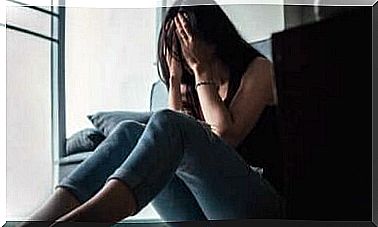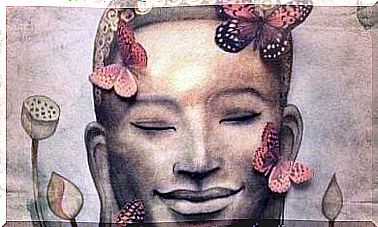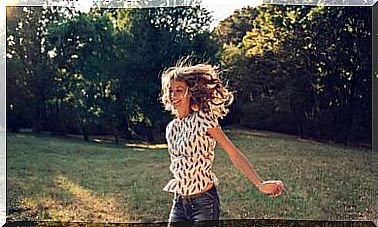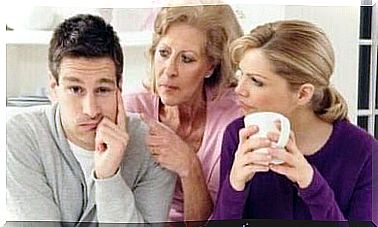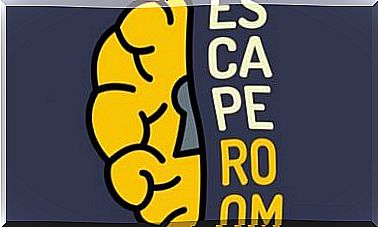The Shadow Archetype – The Dark Side Of Your Psyche
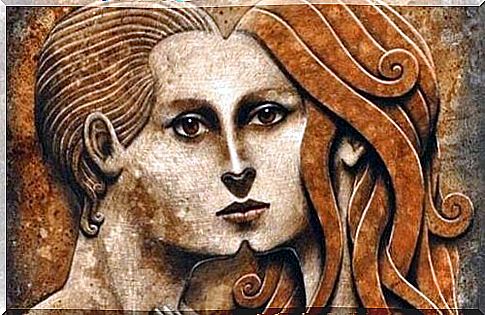
According to Carl Jung’s analytical psychology, the shadow archetype represents the “dark side” of your personality. It is a tumultuous underworld of the psyche, where you store the most primitive part of yourself.
The selfishness, the repressed instincts and the “unauthorized” self that your conscious mind rejects. This is the part that is buried in the deepest recesses of your being.
You have probably heard of this concept before. The idea of the shadow archetype is well known, and psychologists still use it to talk about confrontation. It refers to the feeling of internal conflict that you sometimes experience when you are frustrated, scared, insecure or angry.
However, do not forget that the idea that Jung formulated through his work with archetypes was already historically and culturally present in our society. The concept of a shadow or dark side is a common duality.
It even inspired Robert Louis Stevenson to write his classic novel Dr. Jekyll and Mr. Hyde. Stevenson, of course, wrote that novel some time before Jung developed his theory of the shadow archetype.
All your education and the moral norms of society tell you is that “evil” is part of your shadow. However, it is not good to see these internal dynamics as reprehensible or dangerous. That kind of thinking can make you believe that you have your own “Hyde” inside trying to get out.
Jung himself explained that there are different types of shadows. He said that one way to achieve well-being, health and personal freedom is to confront them and be aware of them.
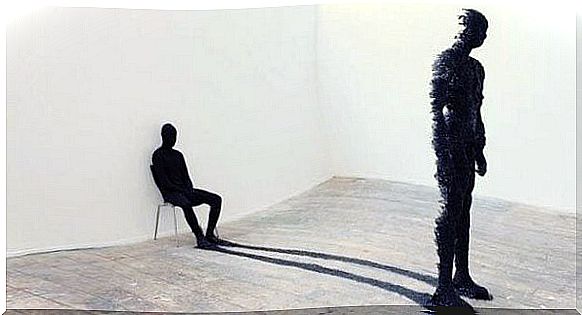
The shadow archetype – the dark side of people
The shadow archetype is closely linked to Freud’s concept of the subconscious. But it has unique aspects that set it apart significantly from that idea. These unique aspects also enrich Jung’s concept.
Do not forget that the intellectual romance between Freud and Jung eventually cooled considerably. So much so that Jung called the father of psychoanalysis a “tragic figure, a great man… But I can not agree with his therapeutic methods.”
Jung developed his own method – analytical psychology. He rejected the couch and the asymmetrical relationship between therapist and patient. Jung favored therapy based on conversations.
He believed that therapy should dive into the structure of the psyche and the unconscious where the archetypes live. Of all the archetypes , the one with the most therapeutic value was undoubtedly the shadow archetype . Let’s learn about the properties of this archetype…
The shadow, a familiar but repressed presence
- “The Shadow” was an expression that Jung borrowed from Friedrich Nietzsche.
- This idea represents the hidden personality that every human being has. On the outside, most of us look (and think we are) good and kind people. But there are parts of us that are oppressed. These are inherited instincts that violence, anger and hatred sometimes hide.
- The shadow archetype is not only found in individuals. Groups of people (sects, religious groups, political parties) may also have a shadow archetype. These groups can at any given time show their dark side to justify violent acts against humanity.
- The more we suppress the shadow, the more destructive, insidious and dangerous it becomes. According to Jung, when we suppress it, it can “project” itself and act in the form of neurosis or psychosis.
- Similarly, Jung identified two typologies within the shadow archetype. The first is the personal shadow. This is the one we all have, with all our little frustrations, fears, selfishness and common negativity. The other is the impersonal shadow. It contains the most archetypal essence of evil and accompanies genocide, ruthless killing, etc.
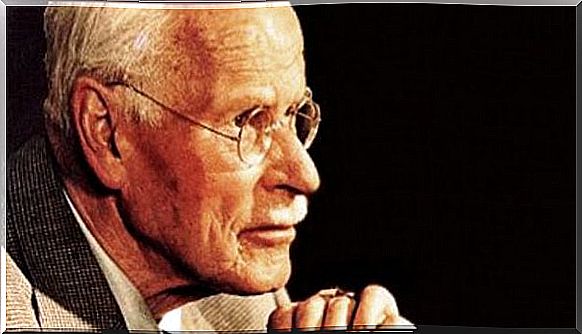
How can I face my own shadow?
You might find the theory of the shadow archetype interesting. It has its charm, its metaphorical essence and a certain mystery. In this figure we see reflection of what is a classic taboo. It represents evil and the monstrous side of the human personality that always teases our interest.
But is there anything about this theory that we can apply in our daily lives?
The answer is “yes”. Jung reminds us of this in his written work, in books like Archetypes and the Collective Unconscious . He says that our task in life is to accept ourselves and integrate our “shadow” into our personalities.
That way we can be aware of it and work with it face to face. Ignoring it and allowing it to remain in the unconscious can rob us of balance and the ability to be happy.
Our shadow must come to light
Do not forget what kind of things make up this concept we call “shadow”. There we find our fears, our past traumas, the disappointments that poison us, and the dreams that never came true because of our own indecision. If we save all these inner demons, they will become more violent.
If we are silent about them, they will end up controlling us. They will project an image of ourselves that we do not like or agree with.
Therefore, we must not forget that our personal growth and psychological well-being will always depend on our ability to bring these shadows into the light. When we make this valiant effort, the delicate but valuable healing work begins. Only then will we be able to find peace and well-being.




